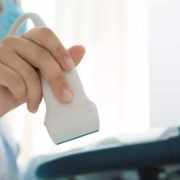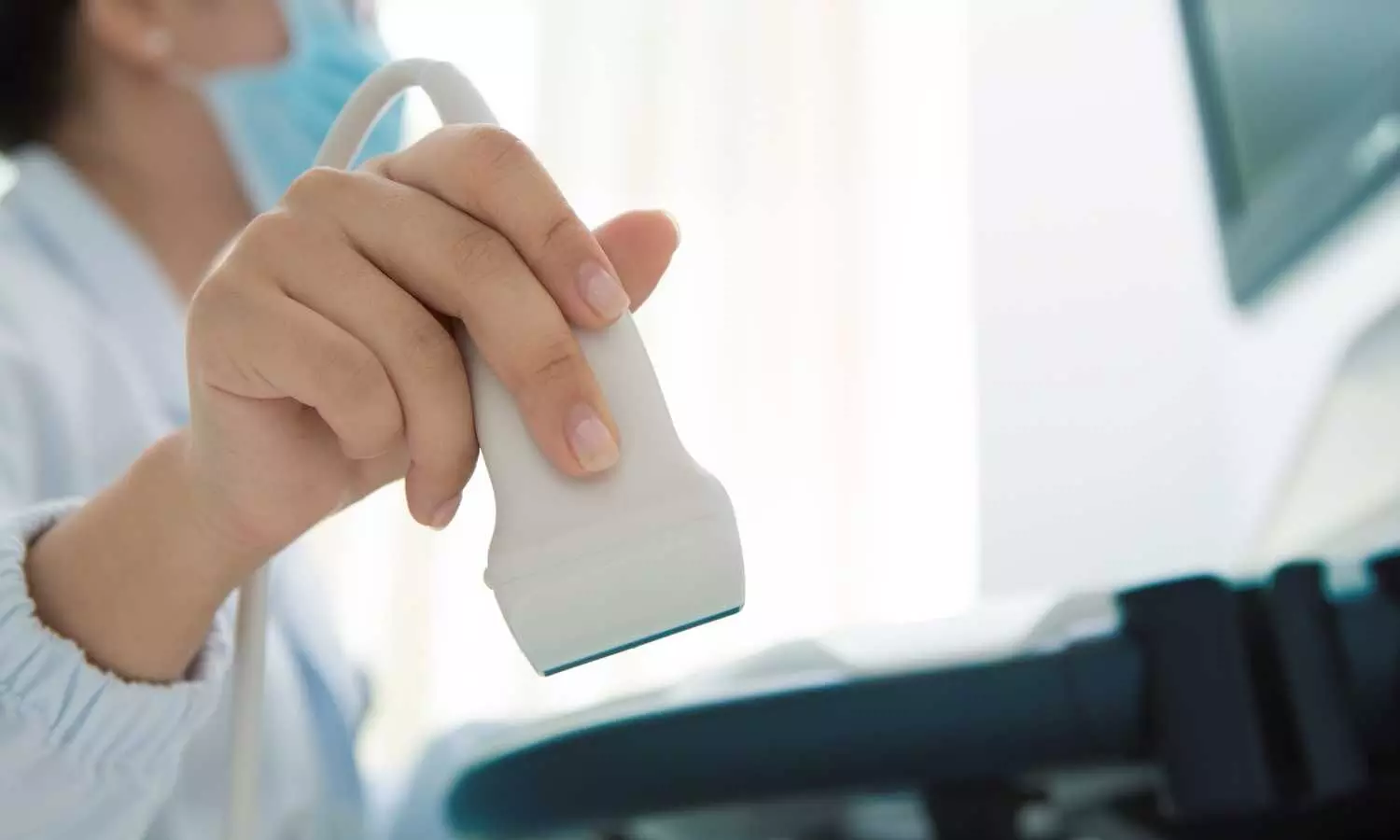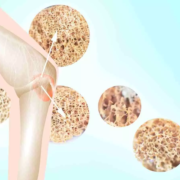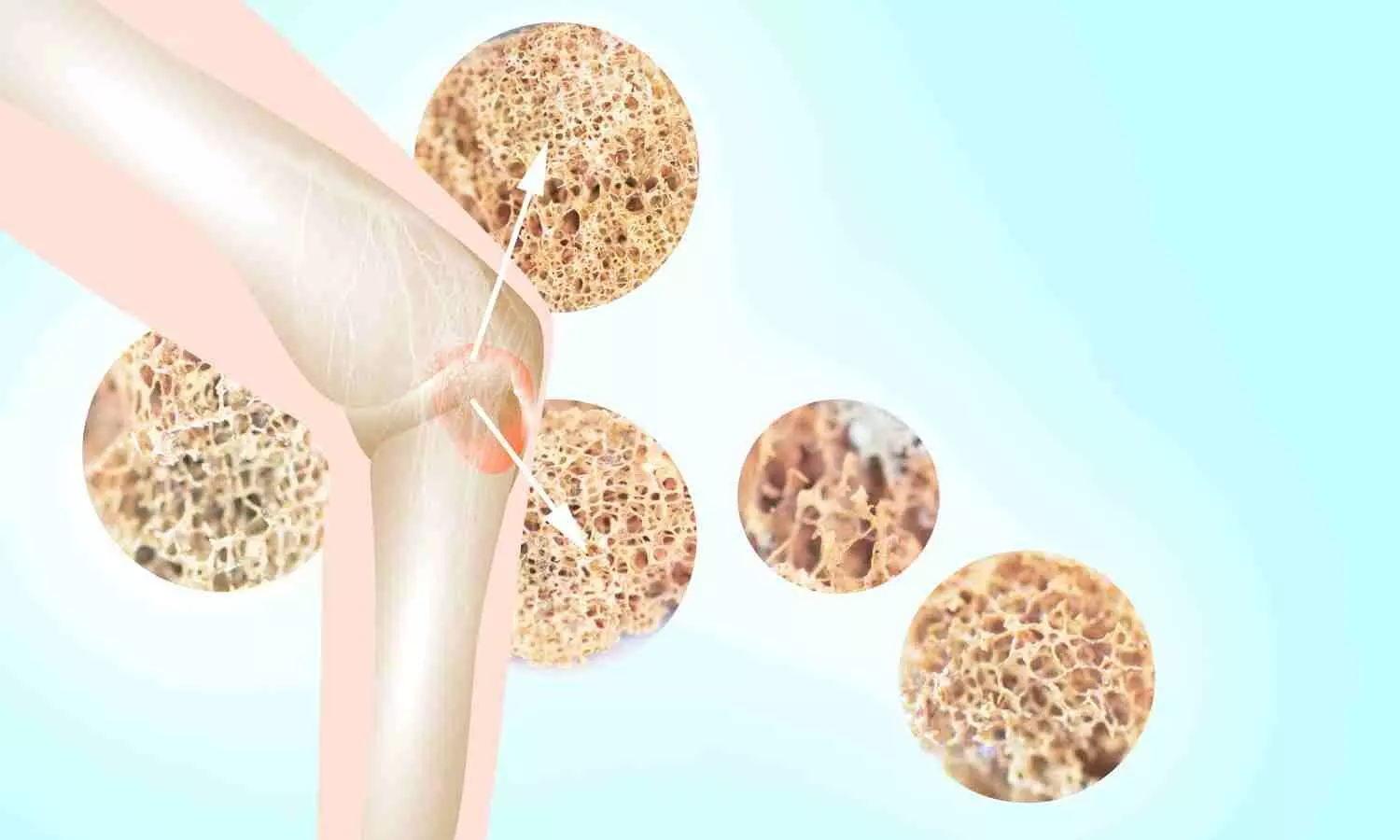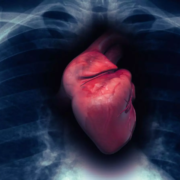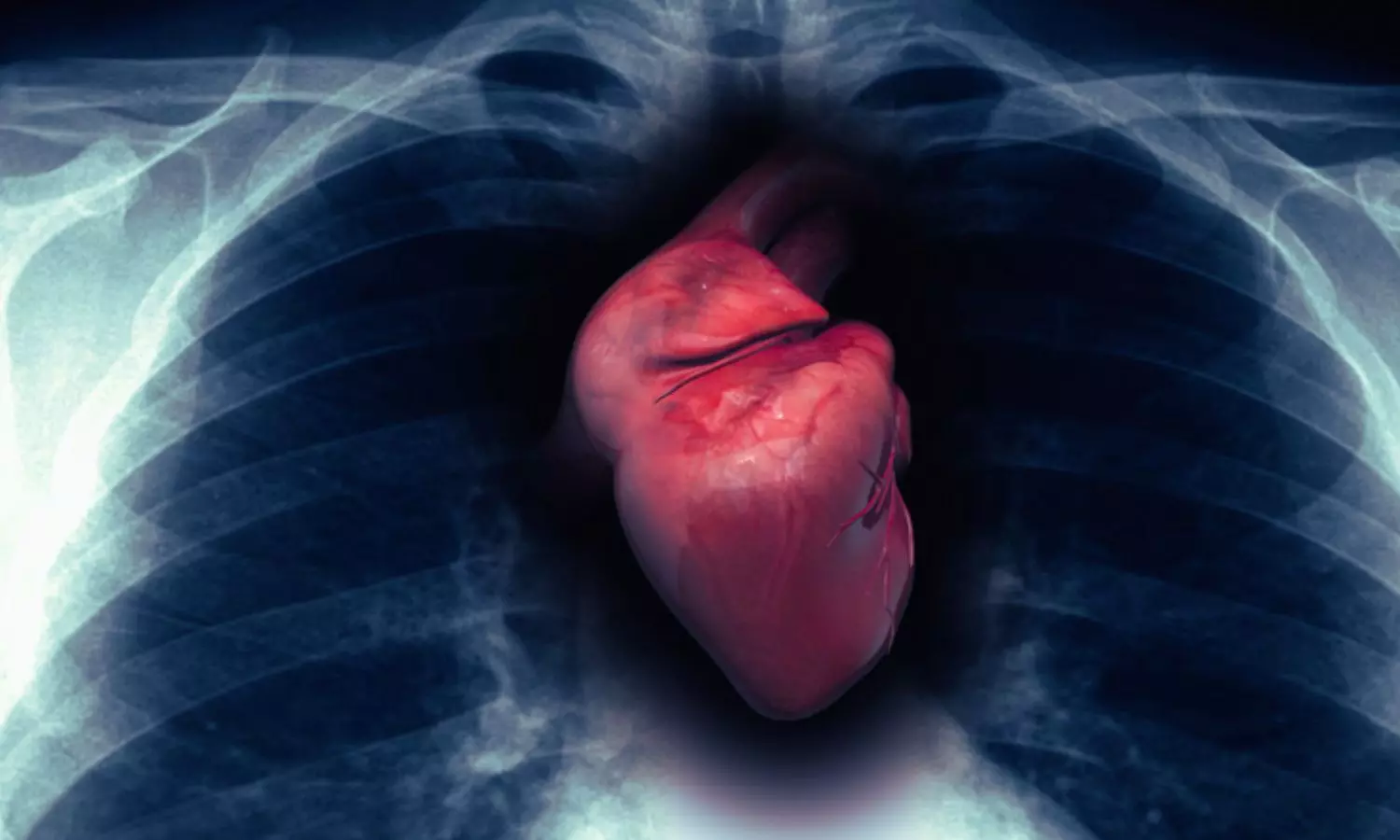
Palakkad: The District Consumer Disputes Redressal Commission (DCDRC) recently held a doctor and a private hospital in Palakkad guilty of medical negligence for administering the wrong dosage of folitrax containing Methotrexate (MTX) leading to the patient’s death and directed them to pay Rs 17 lakh as compensation. The consumer court noted that there was grave negligence on the part of the orthopaedic doctor and the hospital and records were forged to hide vital information of the treatment.
Filing the plea before the consumer court, the deceased patient’s family members alleged that the doctor had administered MTX at 7.5 mg twice daily when the medical protocol dictates that the permissible dosage of MTX is 7.5 mg per week.
Even though the doctor denied this allegation and claimed that he had ordered the administration of the medicine @7.5 mg twice daily once a week, the consumer court concluded that the doctor had concocted the medical records to hide negligence on his part.
The case goes back to 2021 when the patient was taken to the treating hospital for medical treatment for back pain. She was under the care of the treating doctor. During the treatment period, the patient was allegedly administered a medicine, MTX at a dosage that was impermissible and higher than the recommended dosage.
Consequently, the patient had to be taken to the ICU. Since her condition became worse, she was taken to another hospital in Ernakulam, where she died. The legal heirs of the patient filed a consumer complaint and alleged that the impermissible dosage of MTX was the cause of her death. Filing the consumer complaint, the family sought compensation and other consequential and incidental reliefs.
On the other hand, the treating doctor and hospital denied the allegations and submitted that the patient was provisionally diagnosed with seronegative rheumatoid arthritis. She was prescribed MTX and HCQ which are medically accepted standard prescriptions for the management of arthritic pain. It was also submitted that the patient was suffering from other complaints like type-2 DM with peripheral neuropathy.
The treating doctor detailed various treatments carried out at the hospital and stated that he had advised the stoppage of HCQs on 11.02.2021. Further, he submitted that at the time of the patient’s transfer to another hospital, he was not treating her as her condition had improved and therefore the patient was taken off the treating hospital. The doctor also claimed that the medication prescribed by him was as per accepted pharmacological guidelines.
While considering the matter, the consumer court noted that the complainant’s case was that the doctor had advised the administration of folitrax containing methotrexate (MTX) at 7.5 mg twice, morning and night ignoring medical protocol of administering MTX according to which the permissible dose is 7.5 mg per week. Therefore, the complainants alleged that the dosage administered to the patient was excessive and impermissible under medical treatment protocol. However, the doctor claimed that he had ordered the administration of MTX @7.5 mg twice daily once a week. Thereafter when the patient showed adverse symptoms, HCQs and folitrax were ordered to be stopped.
The consumer court took note of the referral letter to another hospital and further observed that the case summary of the patient showed that the patient was suffering from “sepsis probably MTX induced”. Further, the admission form for ECHS issued by AIMS showed the provisional diagnosis to be ‘sepsis (methotrexate-induced bone marrow suppression). The medical certificate issued justifying emergency admission also showed the same diagnosis.
It was observed by the Commission that the entry dated 5/2/2021 in the medical records showed that the doctor had advised folitrax. The entry dated 11/02/2021 showed that the doctor had advised cessation of HCQs and “weekly dose of folitrax”. At this outset, the Commission noted, “This entry does not tally with the entry in Ext. B2(a) and the pleadings, wherein the 1st O.P. has advised administration of MTX twice a day(1 – 0 – 1).”
Meanwhile, the Drug Chart in the medical records showed that folitrax was stopped on 06/02/2021 (Day II). “This entry also does not tally with the pleadings that stoppage was effected on 11/02/2021 and the advice in Ext. B2(b) and pleadings,” noted the Commission.
The Nurses’ record made on 10/2/2021 noted that the patient had complaints of oral ulcer. Meanwhile, the doctor’s note dated 11/2/2021 showed that he had directed the stoppage of HCQs and MTX. However, corresponding entries in the nurse’s record showed that the doctor had seen the patient and advised continuation of the same treatment and new medicines were added. On 11/2/2021 and 13/2/2021 the same medication was continued as per Nurses record. On 13/2/2021, the doctor advised the transfer of the patient to the medical side.
Taking note of these records, the consumer court concluded that the medical records were concocted and observed,
“OPs have no case that the treating nurses had acted against the directions of OP1. Therefore, the only conclusion that can be reached from a reading of the discrepancy in the pleadings of the 1st O.P., Exts. B2(a), B2(b) and B2(c) is that the 1st OP has concocted Ext.B2(b).”
“Sheet of paper containing pages 13 & 14 (Ext.B2(b)), the headings are seen made of an entirely different ink pen and the handwriting from those made in other sheets in daily notes. The same hand writing is not seen repeated anywhere else in Ext.B2 file. The Doctor’s note in Ext.B2 is also entirely different in that the handwriting and ink are different from previous and subsequent notes. In page 14, where Dr. *** had entered his findings, the same pen used in page 13 is used to enter the patient details and date and time. Therefore, the same person who had entered the contents in page 13 had entered the details in page 14 using the same colour ink and pen. The same is not observed anywhere else,” observed the consumer court.
Opining that the doctor’s note in the nurse’s record was also concocted, the Commission further noted,
“Further, Ext. B2(a) shows that folitrax was prescribed to be administrated twice a day (1 – 0 – 1). There is no change in any subsequent pages till Ext. B2(b). But entry in Ext. B2(b) is to the effect that folitrax was scheduled on Saturday (on verification of 2021 calendar, it is seen that 11/02/2021 is Thursday). If, even as per the case of the 1st O.P., folitrax was advised daily and no change whatsoever was made until 11/02/2021, the entry on 11/02/2021 directing stopping of folitrax scheduled on Saturday does not appeal to logic. So we are of the opinion that Ext.B2(b) is a forged and concocted document.”
Similarly, the consumer court concluded the drug chart to also be forged to misguide and mislead the Commission. Therefore, the Commission opined that there was grave negligence in the treatment, the Consumer court noted,
“Why would the 1st O.P. resort to forging the documents, if not to hide some vital/fatal flaws? We, therefore, are under the impression that there is grave negligence on the part of 1st OP in diagnosing/misdiagnosing the condition of *** (the patient). He has also resorted to forging of documents so as to mislead and misguide the process of law.”
Holding that there was gross negligence and deficiency in service on the part of the doctor and also holding the hospital and its managing director vicariously liable for the negligence perpetrated and deficiency in service, the consumer court granted the complainants Rs 5 lakh as compensation for negligence, Rs 10 lakh as compensation for forging documents and Rs 2 lakh as cost of proceedings.
“OPs 1 to 3 shall be jointly and severally liable to pay these amounts to the complainants. 5. The aforesaid orders shall be complied within 45 days of receipt of this Order, failing which, each of the OPs shall pay Rs.1,000/- each to each of the complainant (ie. Rs. 2000 x 3) per month or part thereof by way of solatium,” ordered the District Consumer Court.
To view the order, click on the link below:
https://medicaldialogues.in/pdf_upload/kerala-district-consumer-court-negligence-236110.pdf
Also Read:Medical Negligence During PCNL Surgery: Jaipur’s Manipal Hospital, Doctor Slapped Rs 15 Lakh Compensation









